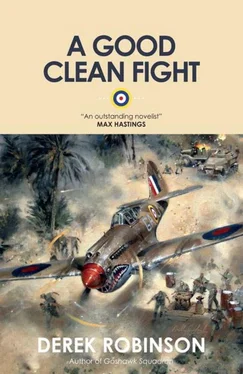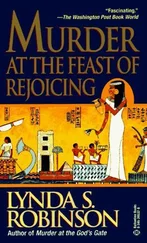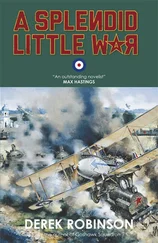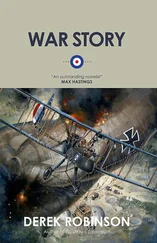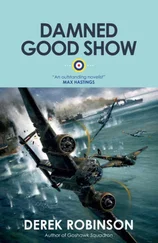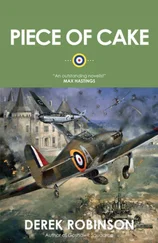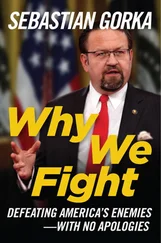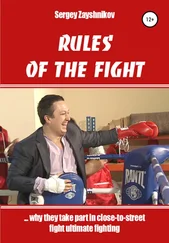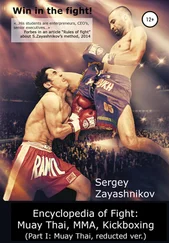Eventually the Luftwaffe Desert Rescue Flight found the Heinkel and refueled it. It was flown home. Meanwhile the Takoradi route was closed for lack of fuel for several weeks. We can only assume that the Luftwaffe did not realize how much damage this one raid had done: they never repeated it.
The “thermos” bombs on the Trigh el ’Abd existed, and the hazards of dune driving were all too real (although it is unlikely that any column would have been quite so lemming-like as Jakowski’s men). Sun compasses were essential for long-range travel in the desert. Details of food, of water rations, and of the “sand-happy” state called “doolally” are as accurate as I could make them.
The episode in which a time-pencil-fuse accidentally starts burning in the back of a jeep was suggested by an incident involving Stirling, Mayne and others as they drove across the Jebel after a raid. They jumped out only seconds before the fuse—still attached to a bomb—went off and the jeep was blown to bits.
There is a scene in which the Chief Censor in Cairo refers to some ill-timed BBC news bulletins about the fall of Benghazi. In fact those bulletins concerned the fall of Tobruk later in 1942. I rearranged the event in order to help my narrative.
No such adjustment was necessary to describe the risk that a unit operating far behind enemy lines might be attacked by “friendly” aircraft. Kennedy Shaw reports one occasion when a patrol was thoroughly strafed by Beaufighters of the Desert Air Force. This hazard was inseparable from the work of the LRDG and the SAS.
The curious visit of Malplacket and Lester to Benghazi is similar to one that was actually carried out by Stirling, Randolph Churchill and Fitzroy Maclean in May 1942, although the latter made a much more conspicuous entry and exit. The front wheels of their car had developed a loud, high-pitched, two-tone screech. “We could hardly have made more noise if we had been in a fire engine with its bell clanging,” Maclean wrote later. However this racket did not disturb the enemy.
No account can do full justice to the courage, skill and determination of the men of the SAS and the Desert Air Force. Theirs was a hard and lonely war, often fought in desolate conditions. Especially, I am aware that my description of life in the desert is inadequate. You had to be there to know how grim and brutally unpleasant (and yet sometimes how clean and beautiful) the desert could be. Erik de Mauny was there, and in Return to Oasis (Shepherd-Walwyn, 1980) he wrote: “Flies descended in plagues of biblical proportions, heavy chlorination made the water ration almost undrinkable, and when the khamseen blew, its fine dust infiltrated the body’s most intimate recesses, setting up colonies of desert sores.” There were always two enemies to be fought “up the blue.” The desert was the other, and it never lost.
Derek Robinson is a policeman’s son from a council estate who crossed the class barrier by going to Cambridge, where he got a degree in history and learned to write badly. A stint in advertising in London and New York changed that. In 1966 he moved to Portugal, wrote two unpublishable novels, returned to England flat broke, and finally got it right when Goshawk Squadron was shortlisted for the Booker Prize. This novel of the Royal Flying Corps led to a sequel, Piece of Cake , which told the story—21 years later—of an RAF fighter squadron in the first year of World War Two. A Good Clean Fight follows that squadron to North Africa. The desert war was unique: in the absence of civilians, there was nothing to harm except the sand, the enemy, and yourself. Hence the title, which is also ironic, since there is nothing either good or clean about violent death. Robinson’s novels contain a streak of black humor and a certain debunking of the myths of war. The desert campaign was sometimes brutal but it was never glamorous and rarely glorious. There were major cock-ups, and there was great courage. A Good Clean Fight aims to do justice to both.
Derek Robinson lives in Bristol. When he’s not writing, he’s either publishing his best-selling guide to the local underground lingo known as “Bristle,” or playing much squash, against everybody’s advice.
Fiction
Goshawk Squadron
Rotten With Honour
Kramer’s War
The Eldorado Network
Piece of Cake
War Story
Artillery of Lies
A Good Clean Fight
Damned Good Show
Kentucky Blues
Hornet’s Sting
Hullo Russia, Goodbye England
Red Rag Blues
Operation Bamboozle
Non-fiction
Invasion. 1940

An imprint of Quercus
New York • London
© 2010 by Derek Robinson
All rights reserved. No part of this book may be reproduced in any form or by any electronic or mechanical means, including information storage and retrieval systems, without permission in writing from the publisher, except by reviewers, who may quote brief passages in a review. Scanning, uploading, and electronic distribution of this book or the facilitation of the same without the permission of the publisher is prohibited.
Please purchase only authorized electronic editions, and do not participate in or encourage electronic piracy of copyrighted materials. Your support of the author’s rights is appreciated.
Any member of educational institutions wishing to photocopy part or all of the work for classroom use or anthology should send inquiries to Permissions c/o Quercus Publishing Inc., 31 West 57 thStreet, 6 thFloor, New York, NY 10019, or to permissions@quercus.com.
ISBN 978-1-62365-318-7
Distributed in the United States and Canada by Random House Publisher Services
c/o Random House, 1745 Broadway
New York, NY 10019
This book is a work of fiction. Names, characters, institutions, places, and events are either the product of the author’s imagination or are used fictitiously. Any resemblance to actual persons—living or dead—events, or locales is entirely coincidental.
www.quercus.com
